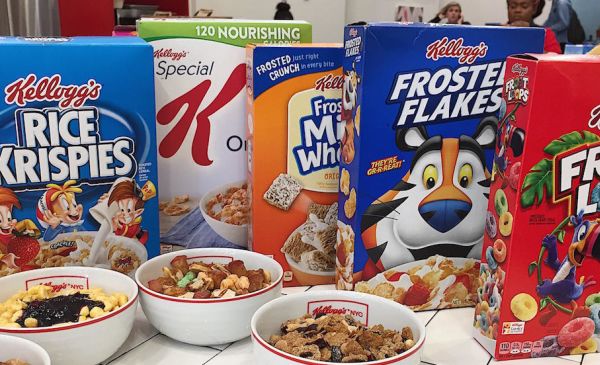Product experience is the ultimate determinant of brand loyalty. Design of that experience is one of the few areas where creativity can still provide a tangible and sustainable competitive edge. However, the brand experience extends far beyond the product to all brand touch points, including advertising. Recently I heard of an example of advertising that literally was a touch point.
Rob Valsler posted a photo of some chapattis on his blog in the Millward Brown Greenhouse (the company’s own social network). Chapattis, thin flat rounds of unleavened bread, are ubiquitous in Indian and South Asian cooking, but unlike most of their kind, these chapattis had writing on them. Apparently the Hindi script on the chapattis asks, “Did you wash your hands with Lifebuoy?”
The chapattis were distributed to thousands of pilgrims from a stall set up by Lifebuoy at Kumbh Mela, the world’s largest religious gathering. In his post, Rob asks if the tangible dimension of handling the chapattis adds to the “experience” of the communication. Does the physical act of touching food increase receptivity to the message about hand washing? (He suggests the connection does little for enjoyment of the chapattis).
As Graham Page notes in response to Rob’s post, there is evidence to suggest that tangible communications have an advantage over the intangible. In 2007, working in collaboration with the Centre for Experimental Consumer Psychology at Bangor University, Millward Brown used functional Magnetic Resonance Imagery (fMRI) scanning to understand how the brain reacts to physical and virtual stimuli.
You can read more about the research here, but the findings suggest that tangible advertising not only engages more senses, it appears to produce deeper engagement with the advertising. The printed materials evoked more brain activity associated with integration of sight and touch, stronger emotional response (suggestive of stronger memory formation) and deeper integration with personal thoughts and feelings.
I would note that in the last finding, touch seems to improve integration with personal thoughts and feelings, seems similar to the finding that touch improves the desire to own a brand. It makes me think we need to reinstate the physical experience of a brand as an important component of the marketing mix. While digital and augmented reality are new and sexy, maybe we need to remind ourselves that humans are still designed to experience the world through all of our senses, not just one.
So what do you think? What other forms of non-traditional tangible ad formats have you come across? Please share your thoughts.
The Blake Project Can Help: The Customer Touchpoint Design Workshop
Branding Strategy Insider is a service of The Blake Project: A strategic brand consultancy specializing in Brand Research, Brand Strategy, Brand Licensing and Brand Education




